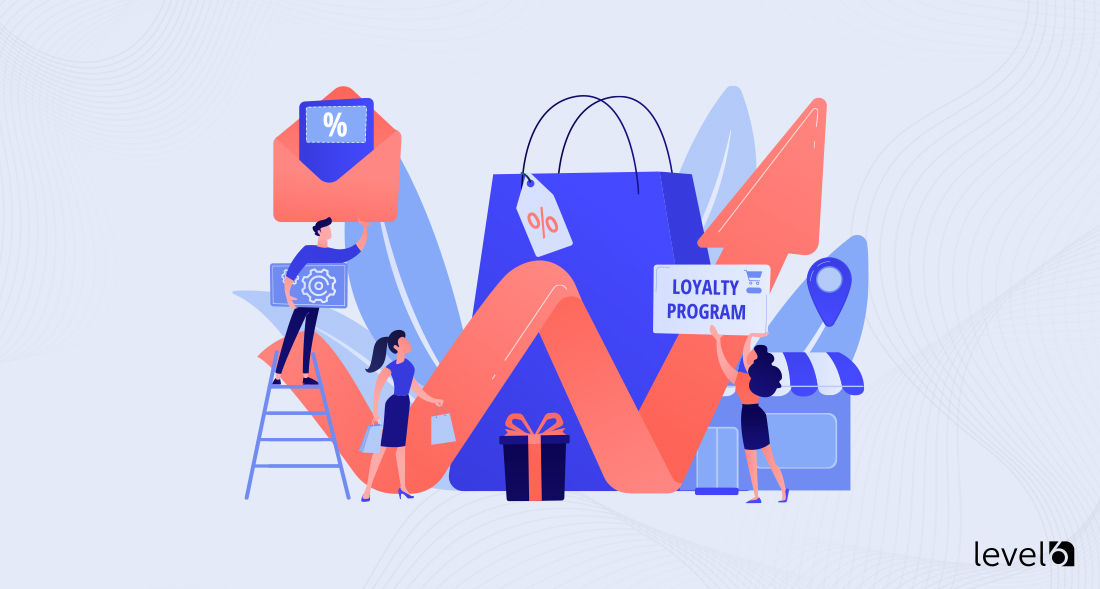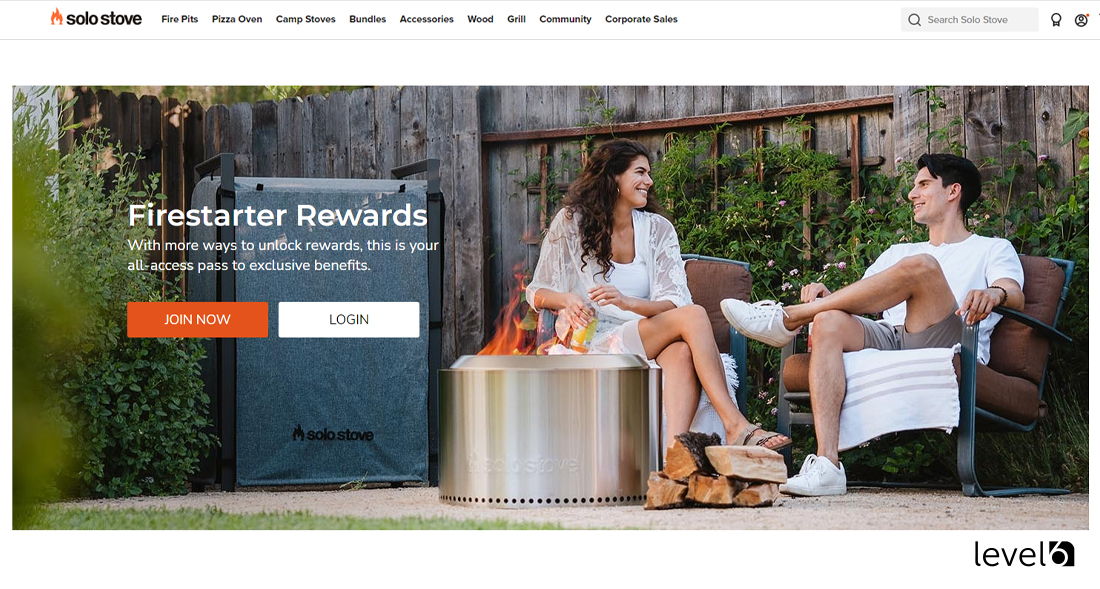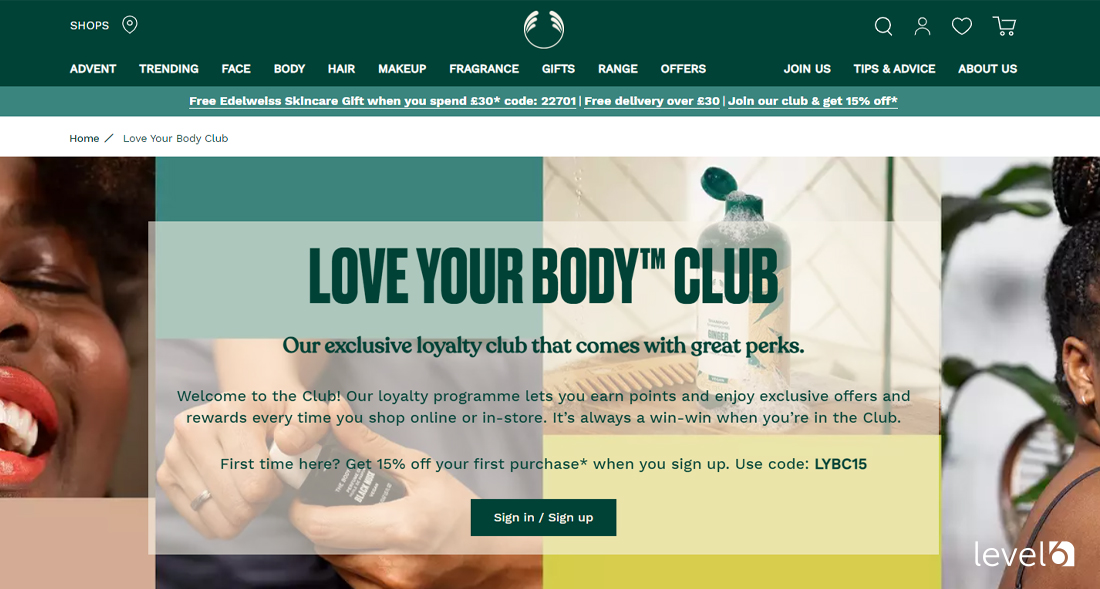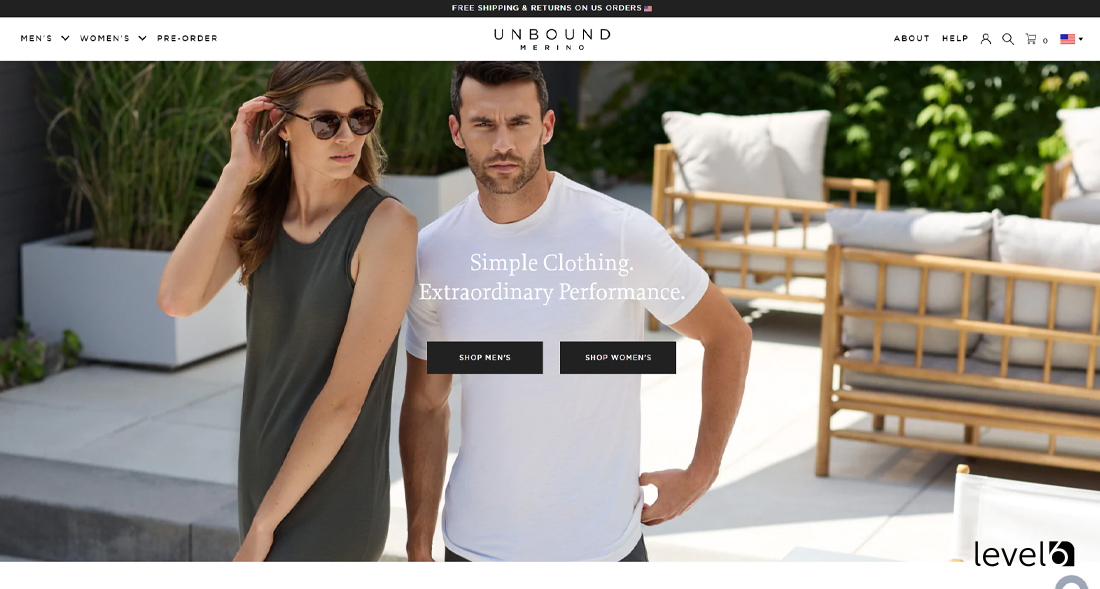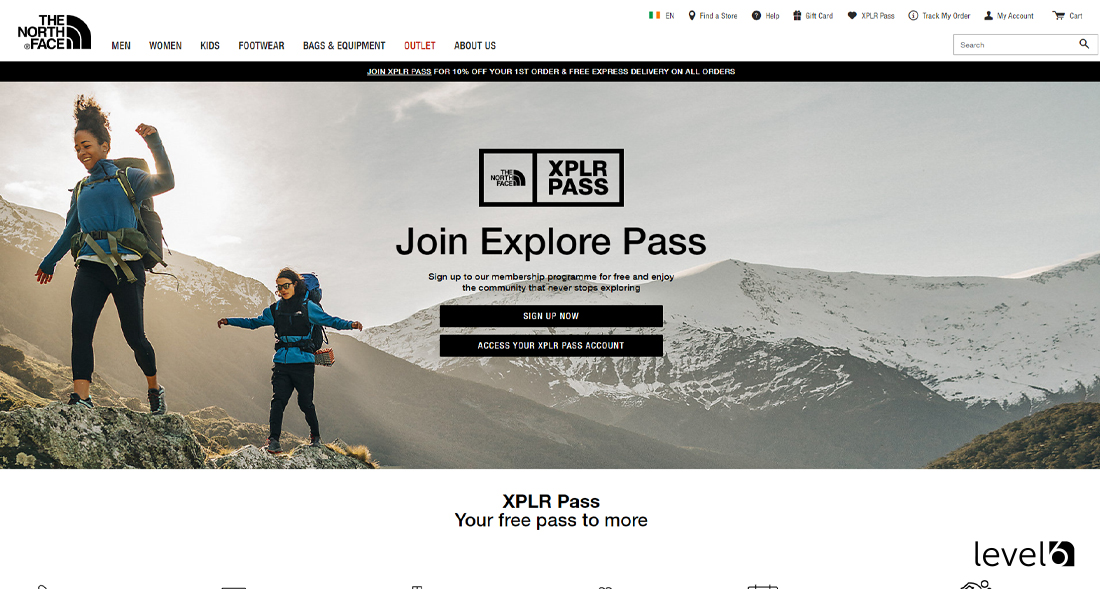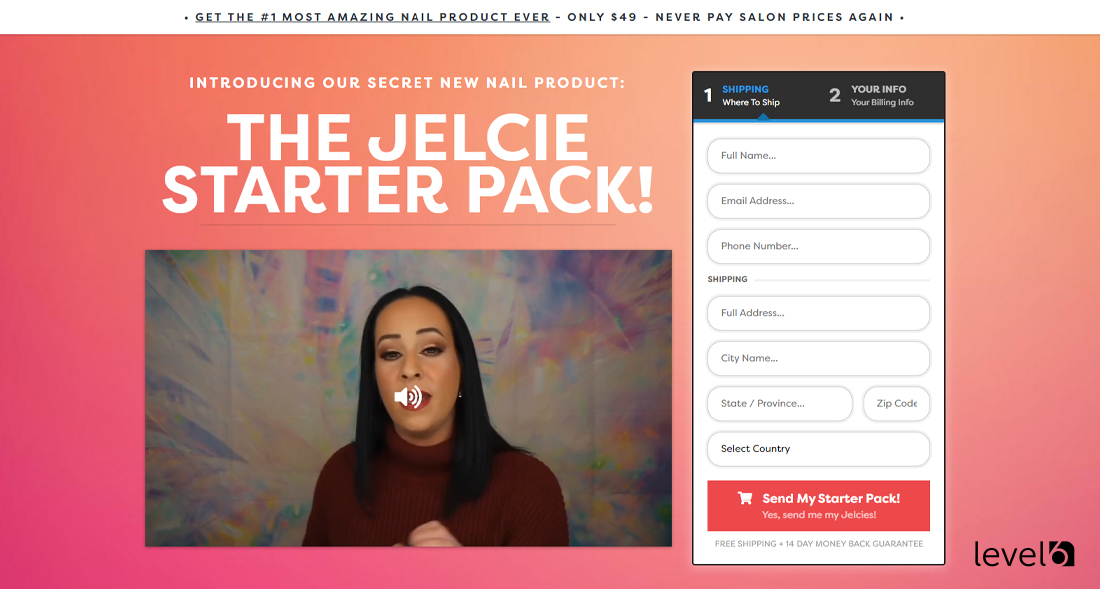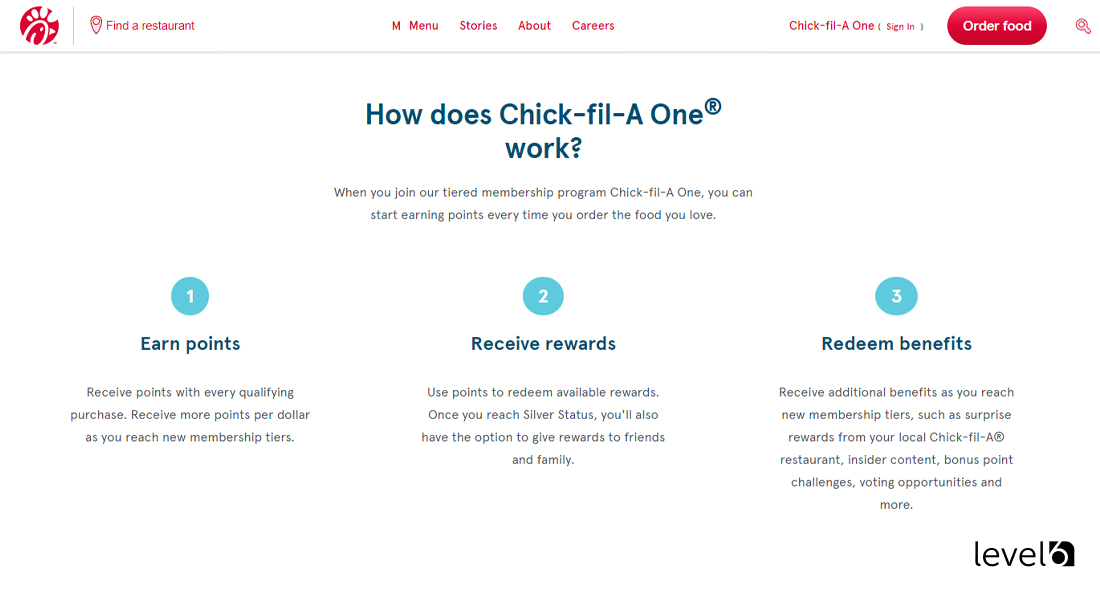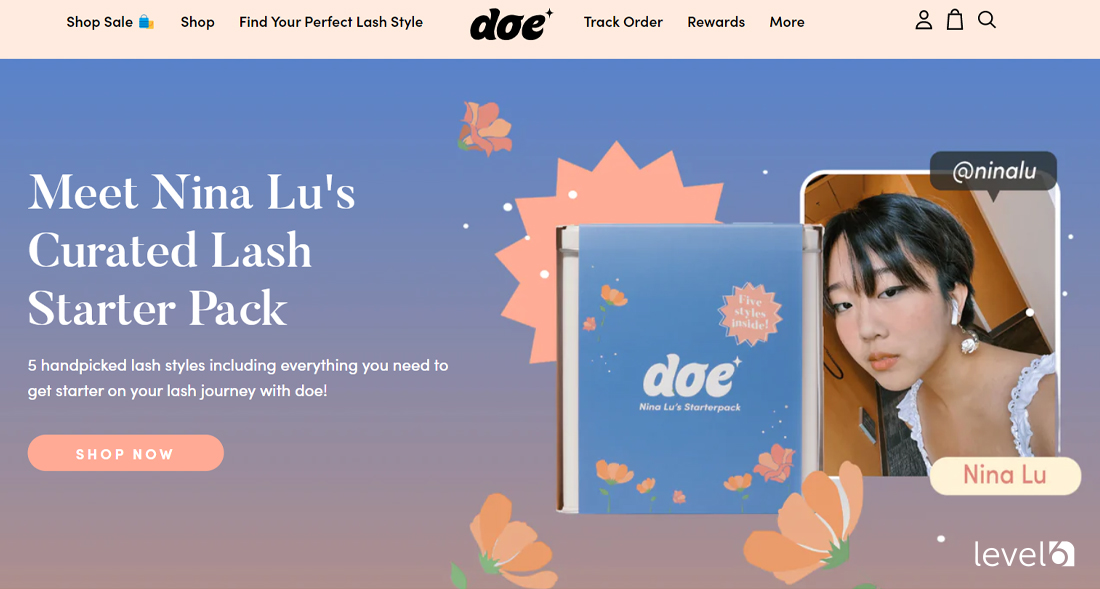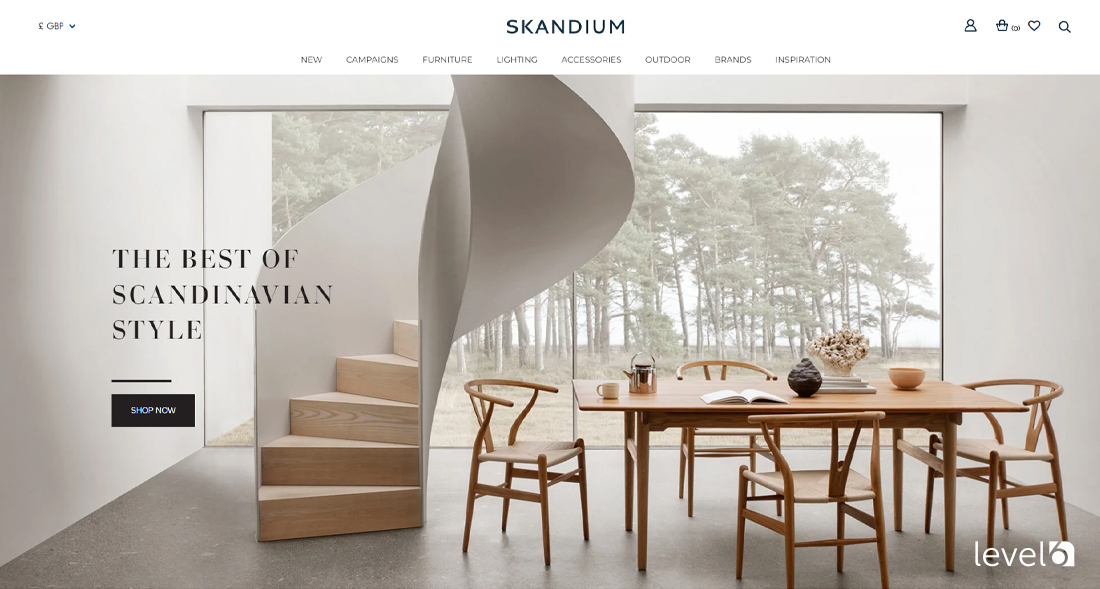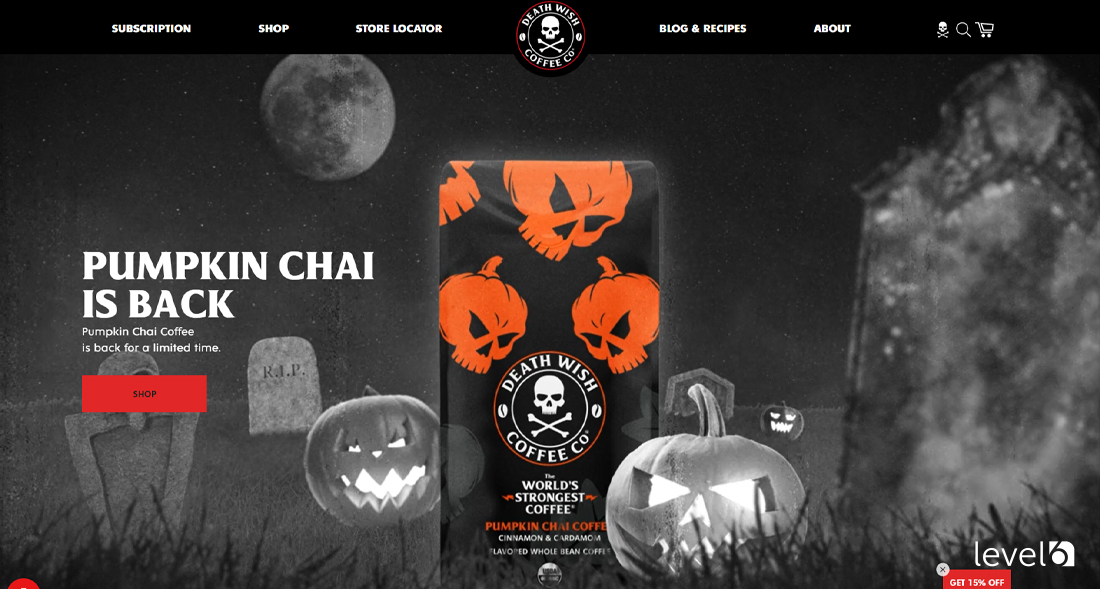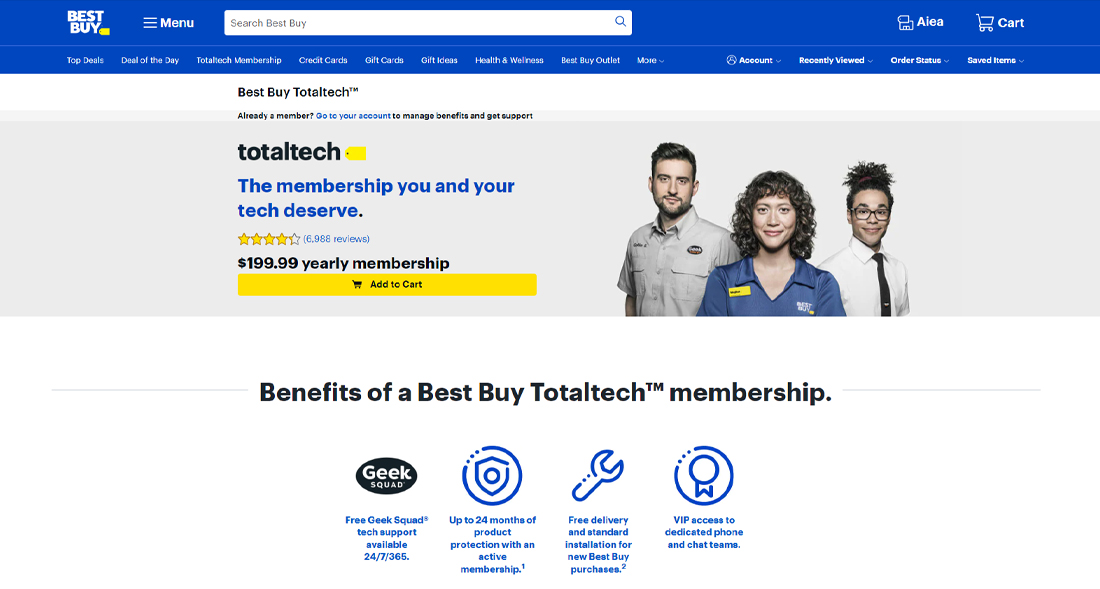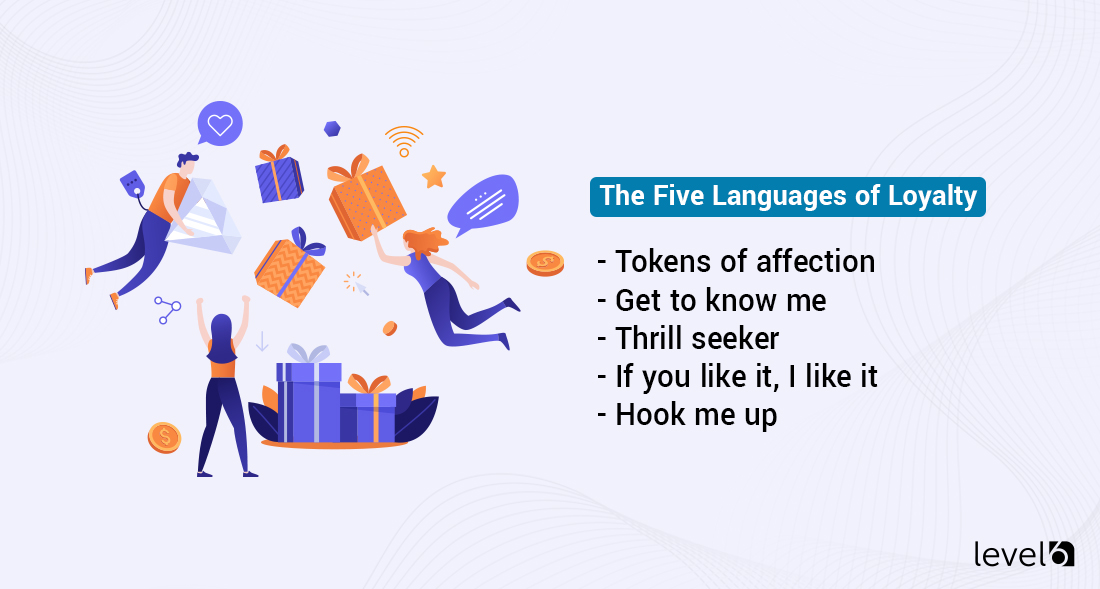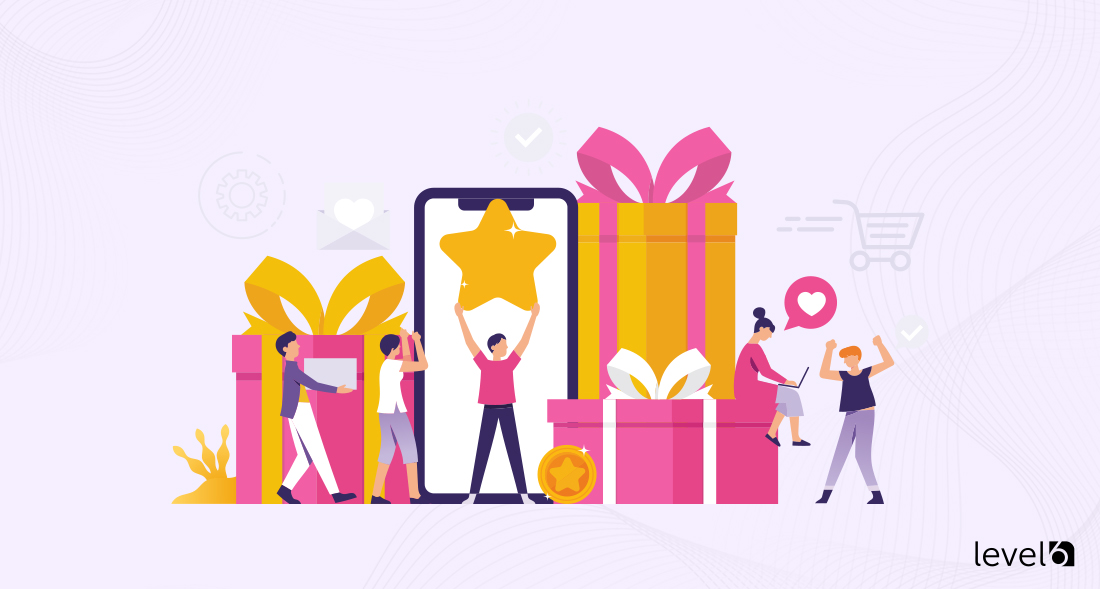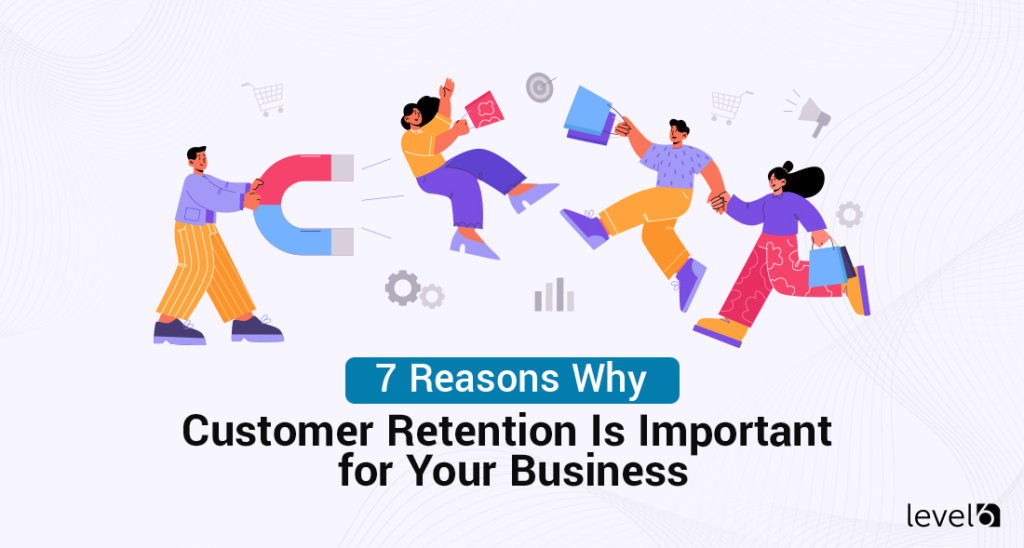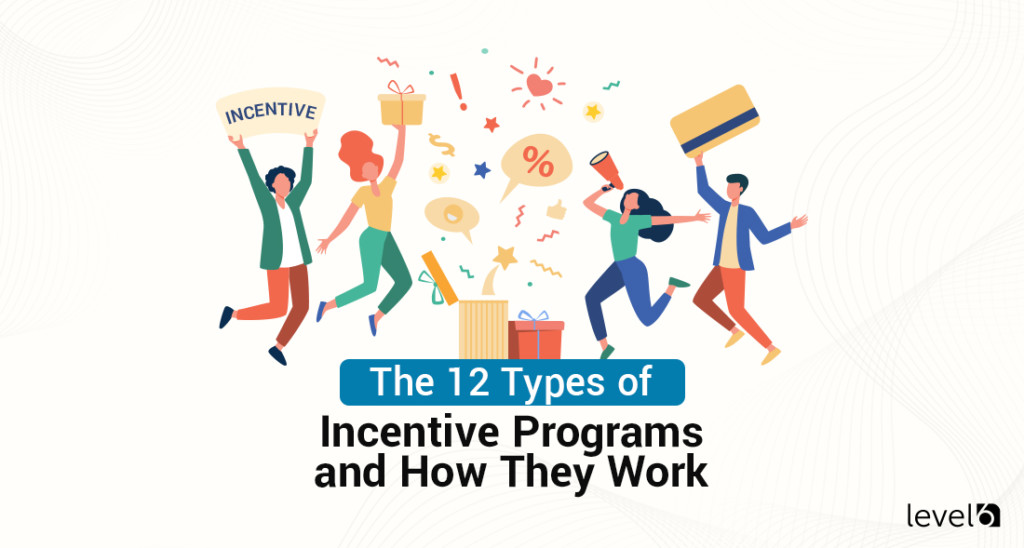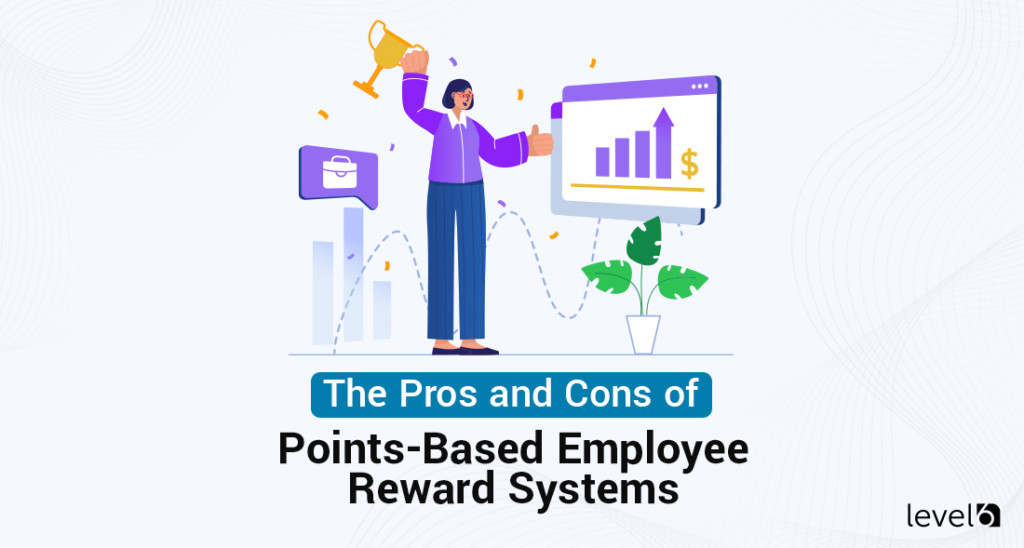How Effective Are Loyalty Programs at Improving Retention?
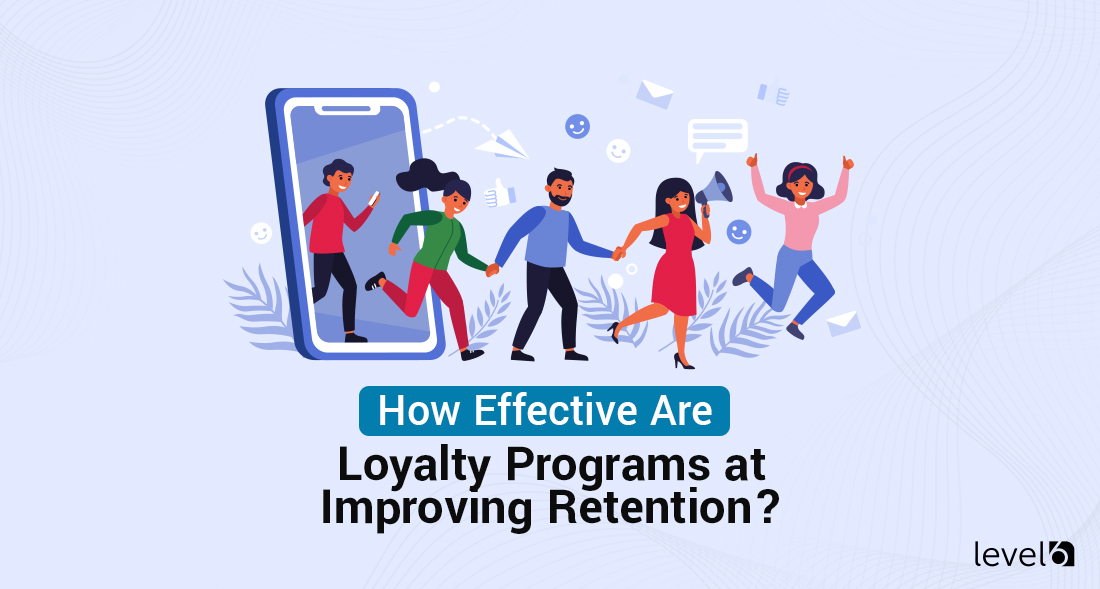
Earlier this year, Research and Markets added the “United States Loyalty Programs Market Report 2022” to their offerings. The full title of the report is:
United States Loyalty Programs Market Intelligence and Future Growth Dynamics Databook – 50+ KPIs on Loyalty Programs Trends by End-Use Sectors, Operational KPIs, Retail Product Dynamics, and Consumer Demographics – Q1 2022 Update
It’s 60 pages of reading, but I can give you the Coles Notes and save you enough time to watch another episode or two of your favorite TV program. You can purchase the full report for $1,500 if you are a single user or $1,900 if you’re an enterprise.
According to this report, the loyalty programs market in the U.S. is expected to “grow by 12.4% on an annual basis to reach US$35,489.5 million in 2022.” They predict that by 2026, that number will increase to $55,918.4 million.
That’s spectacular news if you currently have a loyalty program or are thinking of starting one for your customers. There’s a long history of companies developing and launching loyalty programs as one way to attract and keep customers.
The report goes on to say that the COVID-19 pandemic has changed the ways consumers interact with brands. And because of this, brands are now needing to rethink their programs and determine whether their current ones are still effective at keeping customers loyal and returning for more of whatever they sell.
Note: If you don’t yet have a customer loyalty program, we highly recommend you book a free demo with us to learn how we can help you boost your customer retention rate!
Loyalty Programs by the Numbers
According to Accenture, there are currently 3.3 billion loyalty memberships in the U.S. With an estimated 332,403,650 country population at the beginning of 2022, that would work out to every single man, woman, and child in the country being a member of 10 loyalty programs.
If you take off 22.3% of the total population number to account for those under 18, you’re left with roughly 258,277,637 adults. Now it looks like the average adult American is a member of 12.75 loyalty programs. Other estimates put the number even higher at 18.
Looking to learn more about an incentive, rebate
or reward program for your business?
Curious about costs?
Try our instant pricing calculator:
PYMNTS research was released in The Digital Divide Report: Minding The Loyalty Gap. It was created in collaboration with Paytronix and found that “more than half of all [restaurant] consumers in their early 40s and younger are members of loyalty programs.” The study was done with a census-balanced survey of 2,400+ U.S. adults and found that the share jumps to about six in 10 for Gen Zers.
SmallBizGenius (dedicated to dispelling myths and helping you make the right choices for your business) compiled statistics in 2022 around customer loyalty. They offered 40 “Amazing Customer Loyalty Statistics in 2022,” and we’ll give you the highlights here:
- 82% of companies feel that “retention is cheaper than acquisition.”
- 75% of consumers say they favor companies that offer rewards.
- 56% of customers stay loyal to brands that “get them.”
- 65% of a company’s business comes from existing customers.
- Increasing customer retention by just 5% boosts profits by 25% to 95%.
- 58% of companies pursue personalization strategies for customer retention.
eMarketer says that 58.7% of internet users believe earning rewards and loyalty points is one of the most valued aspects of the shopping experience. Only “quick and easy checkout” seemed to be a higher priority for shoppers.
Annex Cloud delivers these statistics to help you better understand the significance and importance of customer loyalty programs:
- 69% of customers report that loyalty programs influence their choice of retailer.
- 57% join a loyalty program because they want to save money.
- 37.5% join in order to receive rewards.
- 50% say they would change their buying behavior if it allowed them to get to a higher tier of the customer loyalty program.
- 76% believe that loyalty programs strengthen their relationship with a brand.
More brands and businesses across industries are offering loyalty programs to continue buying products and services in the hopes they will become the preferred supplier. The competition in this market has “surged significantly” over the last several years in the United States.
If you think “mom and pop shop” when it comes to loyalty reward programs, think again. Some of today’s players include Starbucks, Bank of America, American Airlines, and the Hilton Hotel.
New players to the loyalty programs game include Lyft, one of the leading “ride-hailing” firms. It launched a new cashback reward on gas purchases for drivers using their Lyft Direct debit card, powered by Payfare.
The report anticipates that “Inflation fear” will cause more firms and brands to offer a loyalty program to their customers in the hopes of becoming their preferred vendor.
Who’s Winning in the Loyalty Program Stakes?
As to how effective loyalty programs are, we’ll take a look at some of the big winners throughout last year to see what we can learn.
Starbucks CEO Kevin Johnson spoke to analysts during a call in February of this year. He said:
“Starbucks Rewards now represents 53% of the spend in our stores, which is at an all-time high, and which is a three-point increase versus fiscal Q1 fiscal 21. Their growth in terms of spend has grown commensurately. We’re seeing a significant increase in the spend in the first year of membership versus the prior 12 months of the preceding membership… and rewards members … are spending it at an elevated rate and visit our stores at three times frequency rate versus our non-members.”
That’s Starbucks, though. And caffeine. We all know they’ve got a stranglehold on the coffee market in the U.S., and we suspect that the lineups would still be as long without these loyalty programs. People don’t drink Starbucks coffee for the reward points or, in fact, for the taste of the coffee.
It’s worth looking at the behaviors of some of the largest loyalty program users to see how effective they can be. Smile.IO, the world’s largest reward program provider with 100K+ active reward programs, 100M+ participating members, and 100+ partner agencies, shared the list of the top 10 loyalty programs of 2021 across the United States.
1. Solo Stove does an excellent job of making its customers feel special with its Firestarter Rewards. The company rewards its VIP program customers with up to 3,000 birthday points (a $30 reward value). The customer accumulates points (100 points = $1) and can then spend them in any quantity they like.
2. The Body Shop ties into the popular social conscience with its Love Your Body Club. Rather than offer exclusivity, their brand focuses on acceptance and inclusivity. Loyalty points can be used to send donations directly to the charities Black Lives Matter and NO MORE.
3. Unbound Merino is a mens’ fashion company that uses Unbound Rewards referral rewards to keep its customers loyal. The t-shirts cost in the neighborhood of $75, and just one referral earns them a 25% discount.
4. The North Face changed its loyalty program this year and launched the XPLR Pass. This pass rewards the North Face customer with experiential rewards rather than product discounts.
5. PressOn (now Jelcie) was inspired by the in-person/stay-home seesaw factor we all experienced during COVID-19 and created PressOn Rewards. They offered rewards to customers willing to go online to rave about their nails and then share their content with their social media circles.
6. Chick-fil-A tiered their reward programs with Chick-fil-A One Signature Members. Those who become members will get access to unique experiences and are asked to participate in “one-of-a-kind” voting opportunities. They reward their customers with exclusivity as well as inclusivity by letting them share points with family and friends.
7. Doe Lashes rewards loyalty with their Doe Rewards that lets customers earn “Doe Bucks.” They also reward referrals by sending a free pair of eyelash extensions for every referred order.
8. Skandium is a U.K. furniture brand and has come up with creative ways to reward its customers with KLUB Rewards. They tier their loyalty programs to seduce customers to spend more so they can get more points. Members are invited to exclusive events and sales, which also ties them closer to the brand.
9. Death Wish Coffee capitalizes on its bold marketing strategy with Reaper Rewards and a VIP program called The Inner Sanctum. The entire brand is built around slightly outrageous language (coffee that slaps) that sticks in people’s minds.
10. Best Buy, with My Best Buy and its new Best Buy Totaltech, offers both a free and paid loyalty reward program. The free rewards program still gives the customer exclusive deals and points, plus free shipping. The paid rewards program gives access to dedicated support on all things tech.
Smile.IO includes the customer’s sense of belonging as one of the best reasons for developing a loyalty program for consumers. Out of that sense of inclusion, shoppers are motivated to provide email and other data that can be used for marketing. They’ll look first where they’re already engaged, spend more and spend more often.
Post-Pandemic Consumer Behavior
Jeremy Goldman, the eMarketer principal analyst at Insider Intelligence, has this to say about post-pandemic consumer behavior:
“Last year, brands quickly discovered that loyalty was shifting as a result of the pandemic because customers were shopping differently and had different needs. This suggests that loyalty programs are more important than ever, but they need to be omnichannel, especially as more people are switching to e-commerce from traditional retail.”
Our online digging found several consumer behaviors that seem to be informed by our pandemic experience. Loyalty programs will need to make sure to hit these marks if they want to be effective moving forward.
Ninety-five percent of loyalty program members want to engage with their brand’s program through a shift to digital technologies. They want to order and pay for their purchases from their phones. Recently, a Swedish company called Klarna started offering customers the chance to “buy now, pay later” through Stocard. This app was developed by a German company and provides digital wallets that allow users to manage multiple loyalty program accounts.
Robert Wollan, senior managing director and global lead of Advanced Customer Strategy at Accenture Strategy, uses the term “languages of loyalty” to describe how dynamics have changed in customer loyalty. He says that low prices and reliable service are no longer the most effective ways to drive brand loyalty.
After conducting a survey of 25,426 consumers from all parts of the world, Accenture was able to identify the five languages of loyalty. These new languages are driving customer relationships in the “digital age,” particularly when it comes to U.S. millennials.
These five languages can all be wrapped into a loyalty program that makes the customer feel they are seen by you and enhances a sense of belonging.
Tokens of affection. More than half of U.S. consumers feel a sense of loyalty when a brand presents them with small tokens of affection. These tokens could be a personalized discount, a gift card, or other special offers that are given as a thank you for the shopper’s loyalty.
Get to know me. Companies focusing on getting to know what’s important to the customers will gain loyalty. This can be through offering a loyalty rewards program that interacts with them through their preferred communication channels.
Thrill seeker. In another nod to the expansion of digital experiences, companies that offer multi-sensory experiences keep 33% of customers loyal. Forty-one percent decide to become loyal when presented with new experiences, products, or services. And 44% of U.S. consumers love to be loyal to brands that engage them to design or co-create products or services.
If you like it, I like it. Today’s shoppers are influenced when their brand partners with someone they trust. Forty-two percent are loyal when they know a brand does business with their family and friends. Brands that partner with charities or public campaigns, celebrities, or social influencers also instill loyalty in their customer.
Hook me up. When brands connect their customers to other providers, loyalty increases. Offering loyalty programs that let your customer exchange points for rewards are big favorites. They let the customer feel that what’s important to them is important to you.
It’s not hard to imagine how these five new languages of loyalty can be incorporated into effective loyalty programs. Annex Cloud maintains that customer loyalty programs aren’t just short-term customer retention strategies. The longer customers decide they enjoy your loyalty program, the more likely they will stick around and stay loyal.
It seems safe to say that loyalty programs are effective. As to how effective they are, that seems to rely almost entirely on how dialed in you are to your customers.
There’s no magical loyalty program that in and of itself will be worth the effort of setting up and running. You’ll have to research to understand your customers and what matters to them. Once you know their unique drivers, you’ll be able to tailor an effective loyalty towards their specific wants and needs.
When you combine paying attention to post-pandemic consumer behavior with a deep understanding of your customers, you have everything you need to build a winning and highly-effective loyalty program that will serve your consumers well.

Claudine is the Chief Relationship Officer at Level 6. She holds a master’s degree in industrial/organizational psychology. Her experience includes working as a certified conflict mediator for the United States Postal Service, a human performance analyst for Accenture, an Academic Dean, and a College Director. She is currently an adjunct Professor of Psychology at Southern New Hampshire University. With over 20 years of experience, she joined Level 6 to guide clients seeking effective ways to change behavior and, ultimately, their bottom line.
 Demo
Demo